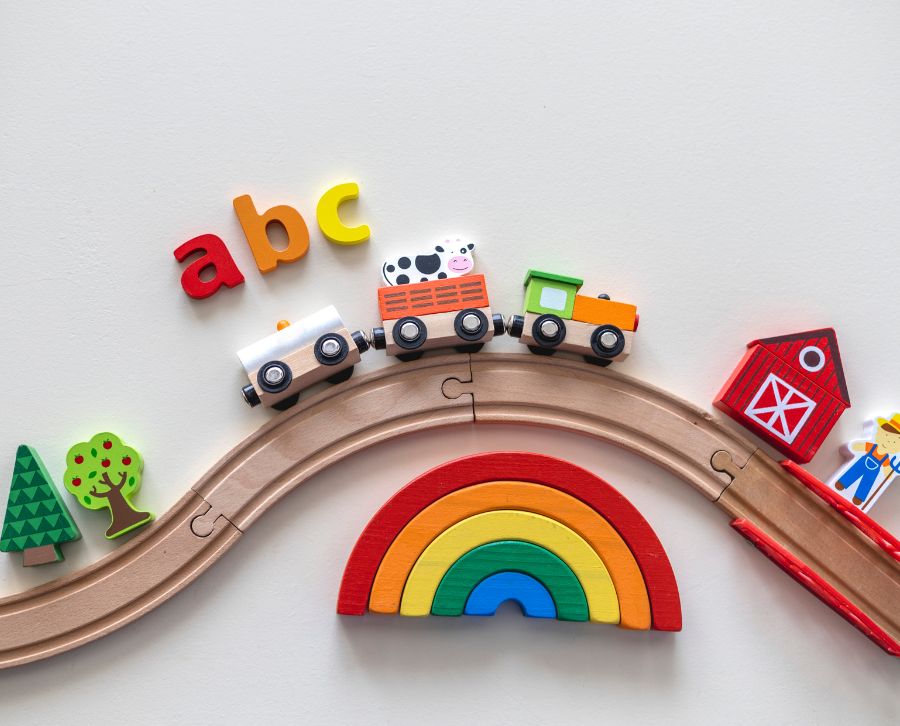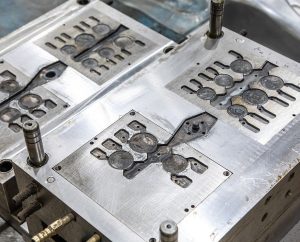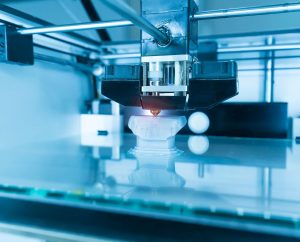The toy manufacturing process has undergone an innovative twist thanks to new technologies and a creative approach. From personalisation to the integration of artificial intelligence, these trends are shaping the future of children’s entertainment and education.
At Atienza & Climent, as an integral product manufacturer, we are aware of these emerging trends and in this article we bring you up to date with all of them.

Artificial intelligence and personalisation
The incorporation of new technologies, such as artificial intelligence, have revolutionised the way children interact with their play and how toys are made. They can now adapt and learn from children’s preferences and behaviours, offering personalised and unique experiences.
From dolls that respond to emotions to robots that teach basic coding skills, AI is taking toymaking to a whole new level and innovative toy companies are setting themselves apart from other manufacturers.
Technology in action
Technology and developments in toy manufacturing are constantly evolving, offering interactive and educational experiences never seen before.
- Interactive dolls that recognise voices and faces.
- AI board games that adjust difficulty based on player performance.
- Educational robots that adapt to a child’s learning progress.
These technological innovations not only offer fun and entertainment, but also have a positive impact on children’s cognitive and emotional development. However, it is important to consider the environmental impact of plastic toys in this context of technological advancement.
Innovative technology in toy design
Educational toy suppliers are investing heavily to innovate and deliver new experiences Advances in technology are also transforming the toy design process. From 3D prototyping to applied augmented reality, designers have tools at their disposal that allow them to explore new shapes, colours and functionalities. This digital revolution is leading to more engaging and stimulating play for today’s children.
Some of the most prominent innovations include 3D printing for rapid prototyping and customised designs, augmented reality toys that blend the physical and digital, and interactive APPs that complement toys, offering multifaceted experiences.
Impact of technology on production and distribution
Today, new technologies in toys have revolutionised the manufacturing process. 3D printing and robotics allow manufacturers to create toys that are more personalised and tailored to children’s preferences. This means they can be designed more efficiently and quickly, reducing production times and improving the final quality of the product.
In addition, technology has also transformed distribution. With the rise of e-commerce and online sales platforms, toys can reach consumers faster and more efficiently. It is no longer necessary to rely solely on physical shops, but can be purchased at the click of a button from the comfort of the home.
This integration of technology into production and distribution not only benefits manufacturers and retailers, but also consumers. Children can enjoy a wider variety of innovative and personalised toys, while parents have access to a more convenient and efficient shopping experience.
However, it is also important to consider the environmental impact of these new technologies and to look for ways to produce and distribute toys in a more sustainable way.
The future of education through technological toys.
Education is undergoing a significant transformation with the advent of technological games. These innovative products not only entertain children, but also educate them in a fun and interactive way.
The main benefits of educational toys are:
- Personalised learning: tech toys are equipped with artificial intelligence that allows them to adapt to the learning pace of each child. This means that they can offer personalised activities and challenges, providing a unique educational experience for each user.
- STEM skills development: they are designed to encourage learning in key areas such as science, technology, engineering and mathematics (STEM). Children can explore scientific concepts, experiment with programming and develop problem-solving skills in a fun, hands-on way.
- Social interaction and collaboration: Some of these are designed to promote social interaction and collaboration among children. Through online games or collaborative activities, children learn to work in teams, communicate effectively and develop important social skills.
- Augmented and virtual reality: Augmented and virtual reality are increasingly used to offer immersive and educational experiences. Children can explore virtual worlds, conduct virtual experiments and learn in a totally new and immersive way.
These are just some of the emerging trends in toy manufacturing that are transforming children’s education and learning. Increasingly, manufacturers are offering customised toy design services and with technology as an ally, they are turning these products into powerful tools to stimulate curiosity, creativity and a love of knowledge in 21st century children.






 by
by